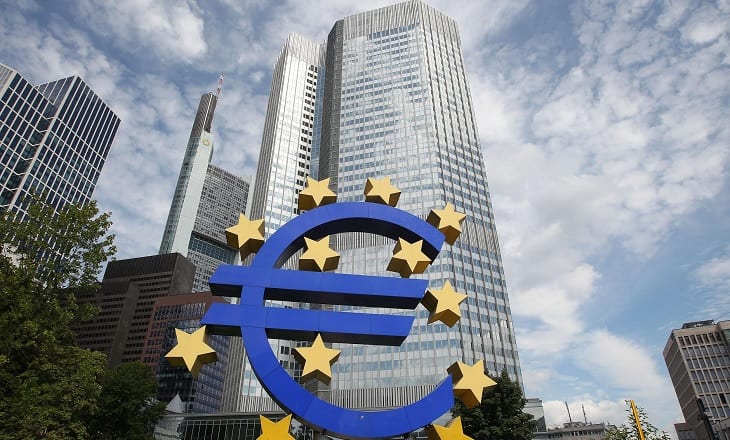Eurozone inflation is showing signs of reverting to the 2% target. Yet, according to European Central Bank (ECB) Vice-President Luis de Guindos, the institution requires additional time and data to ascertain the effectiveness of the historically high interest rates. Since September, the ECB has maintained interest rates at unprecedented levels, with officials cautioning against premature discussions of rate reductions.
De Guindos: ECB Needs More Time Before It Can Start Cutting Rates

They emphasise that any potential policy relaxation remains more distant than market participants anticipate. Current market expectations have adjusted to anticipate 113 basis points in rate reductions this year, a decrease from previously anticipated 150 basis points, with the initial adjustment forecasted for either April or June.
Speaking at a conference in Split, Croatia, de Guindos emphasised the importance of patience and further evidence before confidently stating that inflation will steadily align with the ECB’s 2% objective. He highlighted ongoing wage inflation as a continuous concern, noting the absence of conclusive data to suggest a downward trend, posing a higher risk of driving prices.
Additionally, he pointed out that profit margins might remain stronger than expected, and geopolitical tensions in the Middle East could escalate energy prices and impact global trade dynamics.
Don’t miss out the latest news, subscribe to LeapRate’s newsletter
Nevertheless, de Guindos pointed to ongoing disinflationary trends, potentially aided by sluggish economic growth, which is not expected to pick up shortly. The impact of previous ECB rate increases is still permeating the economy and is expected to suppress demand for an extended period.
However, he acknowledged that economic projections have often been inaccurate, and considerable uncertainty persists. Consequently, the ECB intends to closely monitor both forecasts and incoming data in the months ahead to guide its policy decisions.